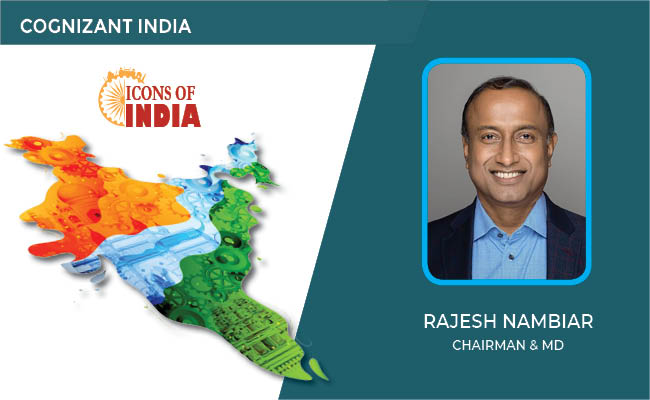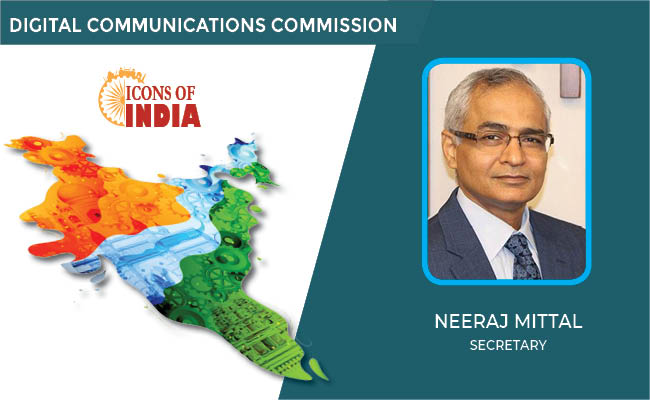Palo Alto Networks calls on the industry for adoption of ZTNA 2.0
By MYBRANDBOOK

Palo Alto Networks has urged the industry to move to Zero Trust Network Access 2.0 (ZTNA 2.0) — the foundation for a new era of secure access. ZTNA was developed as a replacement for virtual private networks (VPNs) when it became clear that most VPNs did not adequately scale and were overly permissive.
But the first-generation ZTNA products (ZTNA 1.0) are too trusting and can put customers at significant risk. ZTNA 2.0 solves these problems by removing implicit trust to help ensure organizations are properly secured.
“This is a critical time for cybersecurity. We are in an era of unprecedented cyberattacks, and the past two years have dramatically changed work — for many, work is now an activity, not a place. This means that securing employees and the applications they need is both harder and more important,” said Nir Zuk, founder and chief technology officer at Palo Alto Networks. “Zero trust has been embraced as the solution — and it is absolutely the right approach! Unfortunately, not every solution with Zero Trust in its name can be trusted. ZTNA 1.0 — for example — falls short.”
For modern organizations where hybrid work and distributed applications are the norm, ZTNA 1.0 has several limitations. It is overly permissive in granting access to applications because it can’t control access to sub-applications or particular functions. Additionally, there is no monitoring of changes in user, application or device behavior, and it can’t detect or prevent malware or lateral movement across connections. ZTNA 1.0 also cannot protect all enterprise data.
ZTNA 2.0-capable products, such as Palo Alto Networks Prisma Access, help organizations meet the security challenges of modern applications, threats and the hybrid workforce. ZTNA 2.0 incorporates the following key principles -
· Least-privileged access — enables precise access control at the application and sub-application levels, independent of network constructs like IP addresses and port numbers.
· Continuous trust verification — after access to an application is granted, continuous trust assessment is ongoing based on changes in device posture, user behavior and application behavior.
· Continuous security inspection — uses deep and ongoing inspection of all application traffic, even for allowed connections to help prevent threats, including zero-day threats.
· Protection of all data — provides consistent control of data across all applications, including private applications and SaaS applications, with a single data loss prevention (DLP) policy.
· Security for all applications — consistently secures all types of applications used across the enterprise, including modern cloud native applications, legacy private applications and SaaS applications.
Palo Alto Networks Prisma Access is the industry’s only solution that meets today’s ZTNA 2.0 requirements. Prisma Access protects all application traffic with best-in-class capabilities while securing both access and data.
Availability
Prisma Access is generally available today with full support for ZTNA 2.0. The new ZTNA connector, unified SASE, and self-service ADEM will be available in the next 90 days.


Nazara and ONDC set to transform in-game monetization with ‘
Nazara Technologies has teamed up with the Open Network for Digital Comme...

Jio Platforms and NICSI to offer cloud services to government
In a collaborative initiative, the National Informatics Centre Services In...

BSNL awards ₹5,000 Cr Project to RVNL-Led Consortium
A syndicate led by Rail Vikas Nigam Limited (abbreviated as RVNL), along wi...

Pinterest tracks users without consent, alleges complaint
A recent complaint alleges that Pinterest, the popular image-sharing platf...


ICONS OF INDIA : RAJESH NAMBIAR
Rajesh leads the company’s India associates and enhances relationshi...

Icons Of India : NEERAJ MITTAL
He started his career as an IAS Officer in 1992. He has held various a...

Icons Of India : GAUTAM ADANI CHAIRMAN ADANI GROUP
Gautam Adani is the Founder and Chairman of the Adani Group, which ran...


IOCL - Indian Oil Corporation Ltd.
IOCL is India’s largest oil refining and marketing company ...

UIDAI - Unique Identification Authority of India
UIDAI and the Aadhaar system represent a significant milestone in Indi...

CSC - Common Service Centres
CSC initiative in India is a strategic cornerstone of the Digital Indi...


Indian Tech Talent Excelling The Tech World - REVATHI ADVAITHI, CEO- Flex
Revathi Advaithi, the CEO of Flex, is a dynamic leader driving growth ...

Indian Tech Talent Excelling The Tech World - George Kurian, CEO, Netapp
George Kurian, the CEO of global data storage and management services ...

Indian Tech Talent Excelling The Tech World - JAY CHAUDHRY, CEO – Zscaler
Jay Chaudhry, an Indian-American technology entrepreneur, is the CEO a...